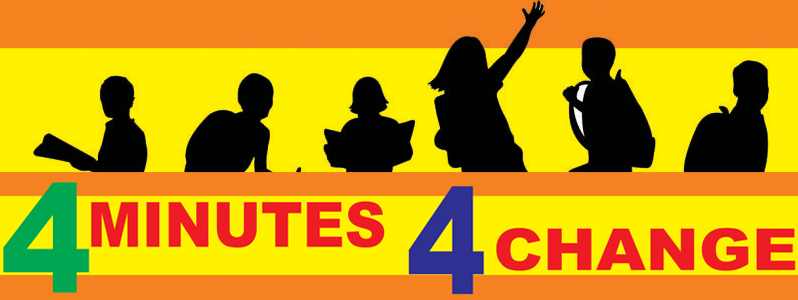NO one likes to feel physical or emotional pain. However, some adults are convinced that ‘sharing licks’ is the only way to get children to stay in line and do as they are told. How often have we heard these type of references, ‘I gan tear yuh skin’, ‘I gan cut yuh tail’ ‘When I hold you I gan wash yuh skin with licks’. You may say to yourself, ‘There is nothing wrong with beating a child – I was beaten as a child and I turned out alright ‘. But wouldn’t you have preferred a childhood where beating did not occur at all? Hitting children is not a ‘normal’ part of childhood. Other people say, ‘Is only licks this child understand’. They could be correct. When children are raised in environments where beatings are rife, it becomes all they understand because it is all they know.
Most of the incidents, mishaps or mistakes for which children get beat are the same errors that grown-ups make every day, yet no one beats them. Some adults who abuse their children mercilessly have undiagnosed mental health problems or childhood traumas that govern their thought process. The child only needs to put one foot out of line to trigger an adverse reaction and a beating. Children are resilient and full of love; they would take the abuse, and nine times out of ten would still want to stay with the perpetrator if given a choice. The child is unaware that he/she is a victim of abuse.
A child only knows what his parents, siblings and environment teach him. If mishaps are dealt with calmly and reasonably, then the child will grow with that mindset. He/she will adopt the clear and reasonable approach he/she has learnt and apply it to life’s circumstances. But where beatings are used to reproach a child, the child may learn to either fear the ‘beatings’ or get used to them rather than understand the significance of obeying rules. He/she may also grow to believe that physical aggression is okay in certain social situations.
When adults use beatings as a quick fix to a problem, the root of the problem still exists. Many fail to find out ‘why’ the incident happened and ‘what’ may lie behind inappropriate behaviour. Beatings occur purely out of adult frustration or anger, on occasions. They teach children aggression and send the wrong message about problem-solving. Some children find it hard to equate how adults who claim to love them can inflict such physical pain. While others assume their parents do not love them, this can lead to a strained relationship.
A one-year-old child wants to pull a wire he sees hanging from a laptop, his mother scolds, ‘No, don’t touch that’, the child backs off for a while (like bright children do as a bluff) then proceeds towards the wire again, the mother kisses her teeth and raises her hand at the child, ‘If you trouble that I gan beat yuh’. It sounds harmless, but it is aggressive, and the punishment (slapping, beating etc.) will increase in severity as the child grows, even though there is an alternative.
Parents can nurture the respect and type of relationship they need with their children from young. What if the mother, said ‘No, don’t touch that’, to the child and explained ‘you cannot play with that, but here are some toys you can play with’, while finding a safe place for the child to sit and some toys to occupy the child’s attention. Also, the mother can remove the laptop wire away from the infant’s temptation. There is no need to threaten or physically beat the child at all. Though culturally, for some people, that is how they are programmed.
Studies have shown a direct link between physical child abuse and delinquency, aggression and marital abuse in later life. Aggression seemed to be the reflexed reaction caused by the physical pain of abuse. Most studies found more negative factors linked to physical abuse and no long-term positive effects from physically abusing children.
For most parents, when the child is young, a sharp slap on the leg gets the desired effect for immediate behaviour change, especially when out in public, and that is as far as it goes. As the child develops and basic understanding and rules are applied and followed, no further physical discipline is required. The child understands what is expected of him/her, and any untoward conduct is dealt with appropriately.
Talking to a child to evoke behaviour change can be long-winded, tiresome and repetitive. How many times have we heard parents say, ‘I tired talk to that child, she ears hard’. The desired result is highly dependent on the parent/child relationship. If there is a lack of respect or disregard, children are unlikely to pay heed to anything the adult might say. However, in cases where communication is lacking, beating a child will only exasperate the problem.
It is understandable that in this fast-moving world, there is less time for parent-child interaction. However, there are many non-violent ways to discipline or punish children. If you want the best for your children – find the one that is right for you.
If you are concerned about the welfare of a child, call the CPA hotline on 227 0979 or write to us at childcaregy@gmail.com
A MESSAGE FROM THE CHILDCARE AND PROTECTION AGENCY,
MINISTRY OF HUMAN SERVICES AND SOCIAL SECURITY



.jpg)








